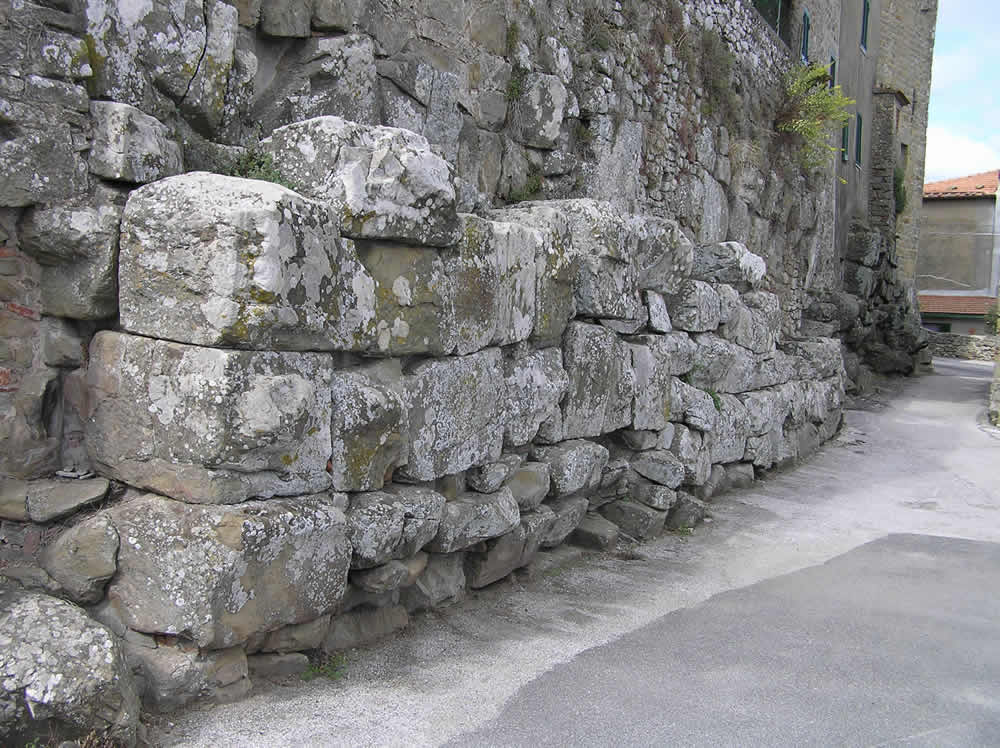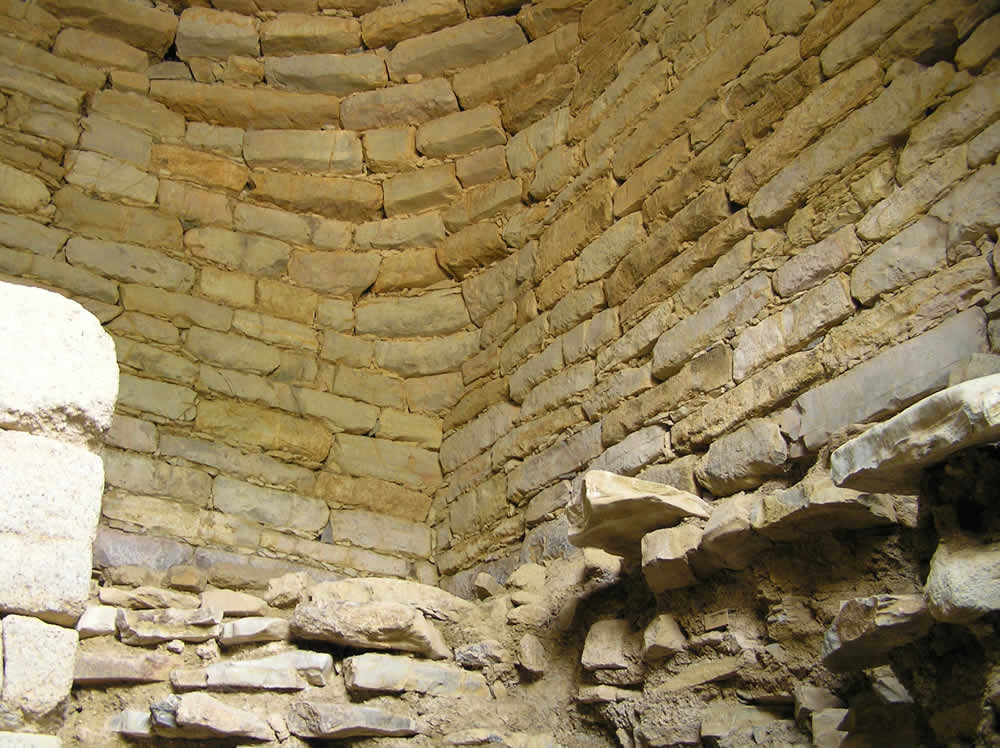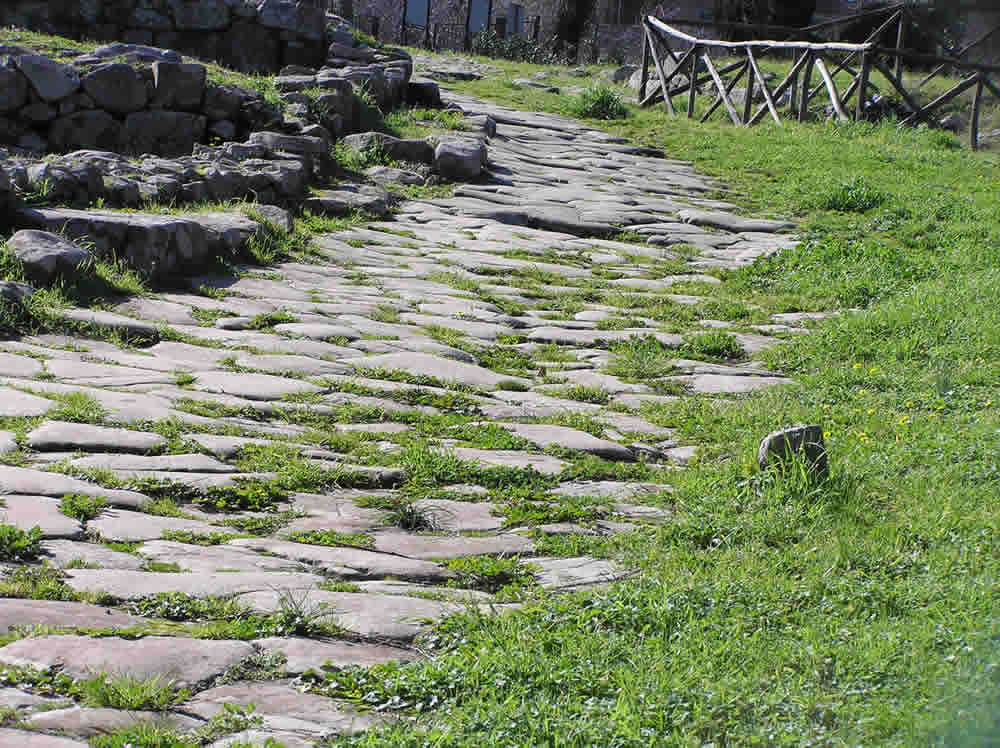Questo articolo è disponibile anche in:
![]() Français
Français ![]() Deutsch
Deutsch ![]() Español
Español ![]() Italiano
Italiano
Vetulonia is today a small medieval village located a few kilometers from Castiglione della Pescaia. This small center of the Maremma, in Etruscan times, was one of the most important cities of Etruria.
Located in the valley of the Bruna River in the immediate vicinity of what in the Etruscan era was Lake Prile. Vetulonia became an important Etruscan center thanks to the presence of rich mines. The city at that time controlled a territory that extended on the Metalliferous Hills up to the Accesa lake.
AN IMPORTANT ETRUSCAN CITY WHOSE TRACES WERE LOST
Vetulonia is mentioned in the historical text of Dionysius of Halicarnassus (1st century BC) and in the poem of Silio Italico (1st century AD). It seems that originally two settlements existed, which were united around the seventh century BC. The archaeological remains of that period are represented by objects found in monumental tombs that testify to the splendor of Vetulonia.

Later around the sixth century BC, the city was unable to maintain control over the mines of the Metalliferous Hills. From this period Vetulonia began a long period of decline, which also continued under the Roman Empire, leading to the complete disappearance of the city.
The real position of Vetulonia was a mystery for centuries. In fact, its identification with the current Vetulonia was confirmed only in the nineteenth century, until that time the town of Vetulonia was called Colonna, only in 1887 it was it renamed Vetulonia.

The remains of the Etruscan walls dating back to the 6th century BC are visible in the small medieval village. Along the road before reaching the medieval town there are also the remains of the Abbey of San Bartolomeo di Sestinga. Outside the medieval town there are the remains of a neighborhood dating back to the 2nd century BC. (scavi di città or Poggiarello Renzetti) with remains of houses, paved road, sewerage and sidewalk.
The monumental tombs are located further down, far from the medieval town. The tombs are arranged along the so-called Via dei Sepolcri, and have large tombs such as that of the Pietrera, a tumulus tomb, formed by two overlapping tombs. Another interesting tomb is the one called by Diavolino II.
Questo articolo è disponibile anche in:
![]() Français
Français ![]() Deutsch
Deutsch ![]() Español
Español ![]() Italiano
Italiano

